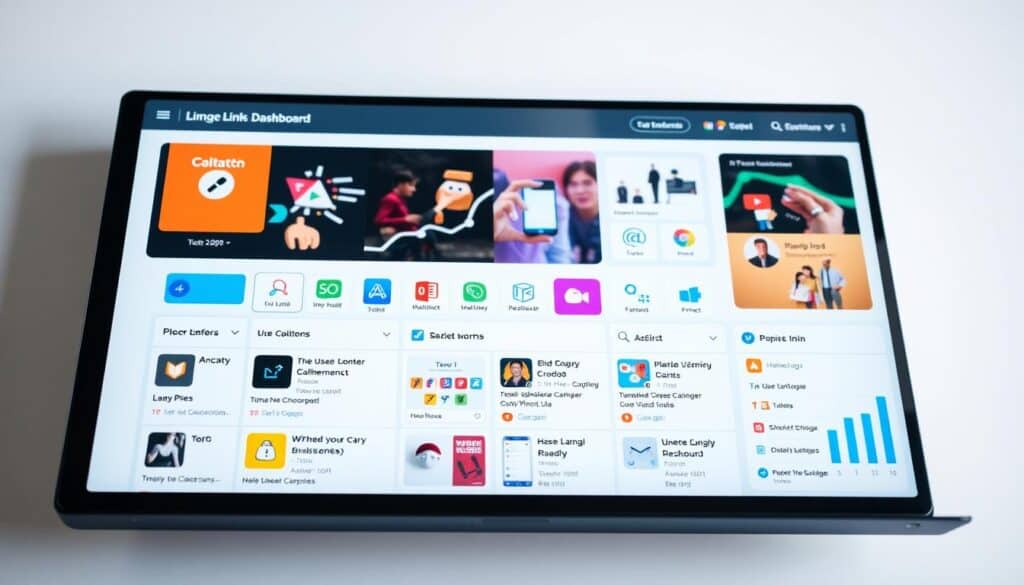Collecting Addresses Through a Address Collection Site
Addresses can be a time-consuming, difficult task during the COVID outbreak. Whether you're collecting for a wedding or event, or holiday card, having a central list of addresses will make the process much easier!
Create a site with your own personal URL. Share this link with family and friends so they can provide you with their addresses, birthday information, phone numbers and so on. Your new website will store all of this information for you, free of cost, limit or hassle.
Collecting addresses
Addresses collection is an essential job for any wedding. It can be accomplished using a variety of methods, both digital and traditional. A website is the most efficient way to gather and compile addresses. 링크모음사이트 are designed to be simple to use and share with your friends and family so that they can update their details online. You can download your data at any time in an CSV or spreadsheet. These websites are generally free to use, and they never store or sell your personal information such as address details.
Mailbook is among the most popular alternatives for invitations that are digital. This site helps couples gather and organize all the information they require to create their invitations. After registering for an account that is free you will receive an unique link that can be shared via text message or Facebook, or via email. The link will prompt users to enter their address details and then automatically save it in an individual contact list. The service comes with a range of features that will make the wedding planning process for couples.
Apps for smartphones and tablets are another alternative to collect and organize addresses. These apps are a simple method to keep on top of the names and addresses of your loved ones. They also can be used to create custom envelopes or labels to mail invitations or thank you cards. Most of these apps are available to download for free and include many different options that can be useful for any wedding planning process.
There are a myriad of ways to collect addresses for weddings, and combining digital and manual methods is often the best method to ensure that all of your guests are invited. A centralized list of wedding addresses will not only help you organize your wedding but also let you communicate with vendors and complete other tasks on your list.
Mobile Apps
Every mobile phone has a built-in address book app, often called "Contacts." These apps come with additional tools to help you manage your personal information. Some apps offer backup and sync capabilities, which allow you to transfer contact information and content between devices. Some have special features, such as a social compass which alerts friends of their presence an identification service for callers that allows users to exchange contact details with just a click.

CircleBack (Free/iOS) integrates new information from social media to eliminate duplicate entries and enhance the contact information. The app also detects any missing information, such as job titles, and signals when an account has been updated on another device.
Stat Trak Address Book is an easy-to-use software application that lets you to store contact information as well as print address books and labels. The customizable features of the Stat Trak Address book permit you to add additional information in the form of notes and group data by categories. The software lets you remember contacts using their first or last name. It also sends reminders for upcoming birthdays. It can also analyze data and generate detailed reports, which can save time by automating some tasks. The software provides a variety of printing options for envelopes as well as address labels, and even a template function to create your own designs.
Manual Methods
Addresses are a crucial piece of information that can be used for a variety of purposes, such as emergency response, administrative, mapping, GIS and navigation and routing. They are collected by a multitude of local authorities, stored in a variety of databases and records and are used for a wide range of uses. The various formats and types pose unique challenges to the integration of these crucial files into central databases. Software programs can analyze this data and standardize it, eliminating duplicates and incorrect data, and ensuring that the information is accurate and complete.
These programs utilize algorithms that rely on complex databases and structures such as GeoPostcodes to determine the validity and consistency of data. The data is then integrated into the CSDGM to create a single file. The program can also check and compare the file against authoritative databases to verify that it is correct and up-to-date.
While these programs can provide useful functions however, they can be costly to set up and maintain. They are also difficult to implement or use in large companies, or by the public. In addition, they could be vulnerable to errors and bugs which could lead to incorrect or inaccurate address information.
There are a few standards that support data related to addresses, such as the Content Standard for Digital Geospatial Metadata(CSDGM), OpenGIS Simple Features Specification For SQL Revision 1.1 and the Geographic Information Data Model(OGDM). The OGC has a number of other standards that are more specifically focused on address data however they do not consider quality information or reporting.
The OGC has created three standards: ISO 19113, 19114, and SDTS. ISO 19113, 19114, SDTS. These standards are focused more on the description and transfer of address-related data. These standards contain content tests for the various uses of this type of metadata and ways to assess and report on the quality of the data.
A database is the most commonly used method to store and collect address information. It can be as easy as an excel spreadsheet as well as tables and data structures. It is a widely-used and flexible tool, but can be difficult to set up and maintain, especially in large organizations.
